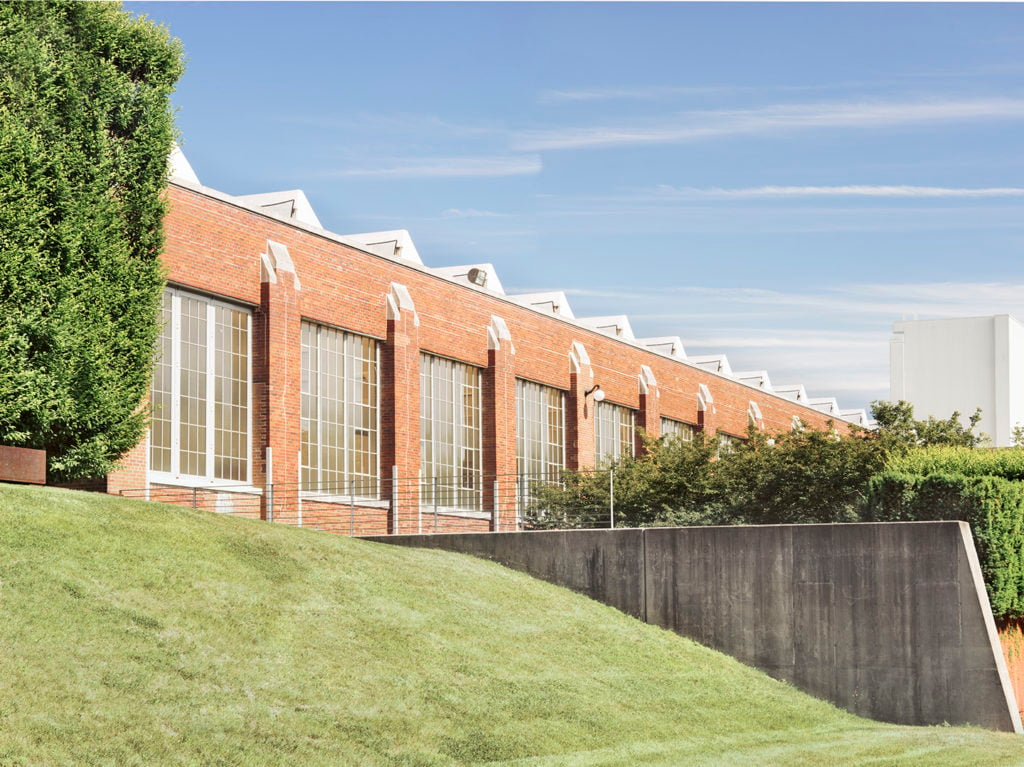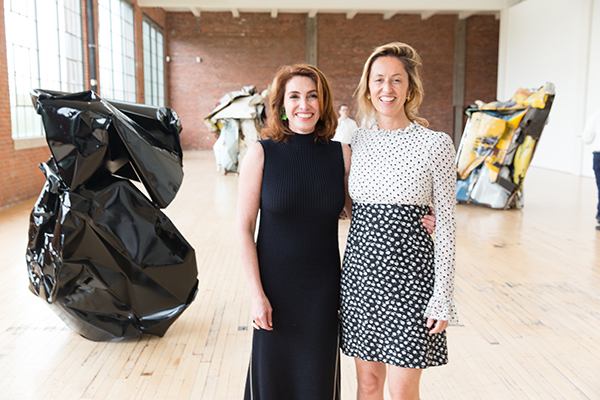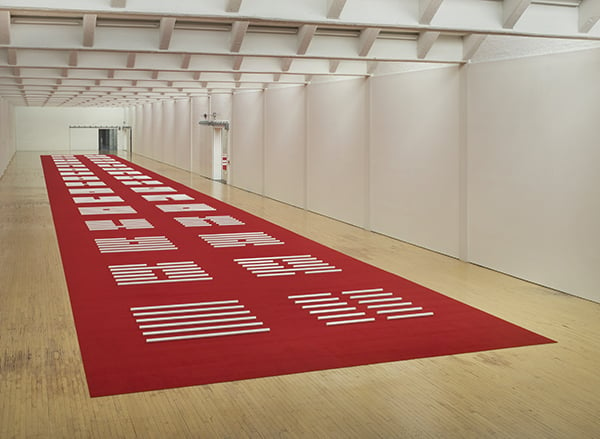Art World
Dia Owns More Art Spaces Than You Think, and Now They’re Spending $78 Million to Run Them All Better
Rather than start over from scratch, the Dia is focusing on improving its existing infrastructure.

Rather than start over from scratch, the Dia is focusing on improving its existing infrastructure.

Julia Halperin

Many museum directors aim to make their mark by overseeing a major expansion or the construction of a new building. Jessica Morgan, the director of New York’s Dia Art Foundation since 2015, is doing the opposite.
Today, she announced plans to refurbish the museum’s existing spaces in Chelsea, SoHo, and Beacon, New York, and to reopen several sites that had previously been rented out as part of a $78 million fundraising campaign—all without expanding Dia’s existing footprint.
Morgan made headlines soon after her arrival in New York from London, where she was a curator at Tate Modern, when she announced that she had no intention of opening a new building in Chelsea for Dia. The foundation’s former director Philippe Vergne had already raised a hefty sum toward the cause, but Morgan was determined to focus on improving Dia’s existing industrial spaces.

Nathalie de Gunzburg, Dia’s board chair, and director Jessica Morgan at the Dia: Beacon Spring Benefit. Courtesy of Benjamin Lozovsky/BFA.
“It makes no sense to have this incredible real estate and to be renting it out,” Morgan told the Art Newspaper at the time.
Now, her vision is bearing fruit. Over the next several years, Dia plans to reopen a 2,500-square-foot gallery in SoHo, at 77 Wooster Street, that it had been renting out to retail stores for the past decade. The refurbished space will host a flexible program of artist projects and capsule presentations of work from Dia’s collection, Morgan tells artnet News.
Dia also plans to update the climate control systems for the two Walter de Maria installations it oversees in SoHo, The New York Earth Room (1977) and The Broken Kilometer (1979), enabling them to remain open year-round for the first time.
Meanwhile, the foundation will also work with the New York-based Architecture Research Office to unify its three buildings on West 22nd Street in Chelsea, adding new exhibition space and a bookshop. (It had previously rented out one of the buildings to galleries, including Andrew Kreps.)

Walter De Maria, 360˚ I Ching/64 Sculptures (1981). Courtesy of photographer Bill Jacobson Studio, New York, Dia Art Foundation, New York, © The Estate of Walter De Maria.
When she first arrived, “I had no idea Dia still owned all these remarkable spaces,” Morgan told artnet News. “I realized there was so much potential in spaces we weren’t using. I feel like every week I discover a new piece of property Dia owns that I didn’t know about before.”
In Beacon, where Dia has operated out of a massive former Nabisco factory since 2003, the museum plans to add outdoor space and open 11,000 square feet of new gallery space that had previously been used as storage. Morgan, who has worked to add previously overlooked female artists as well as international names to Dia’s collection of art from the ’60s and ’70s, is already planning a presentation of work by Joan Jonas for the newly expanded downstairs gallery.
The foundation has also beefed up its team of archivists, who have been working to catalogue reams of rarely-seen material about some of the most important artists of the 20th century, from Dan Flavin to Joseph Beuys. Eventually, Dia will open a dedicated archive space in Beacon that will be open to scholars and researchers.
Morgan aimed to keep the construction costs as low as possible so the rest of the money—$60 million of which has been raised to date—could be used to shore up its endowment. Less than 25 percent of the total campaign will be used for building costs. The remainder, around $58 million, will boost its endowment by around 80 percent.
“We’re not a program driven by blockbusters,” Morgan says. “We’re very concerned about keeping a program that’s true to who we are, and sometimes that means projects that are difficult to fund-raise for. Having a healthy endowment means we aren’t dependent on attendance figures or some form of corporate funding or sponsorship—and that’s very important to us.”
The exact timeline for the project is due to be announced this fall.